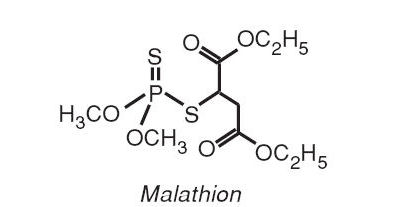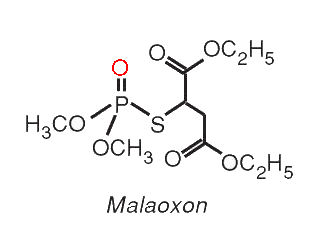

Malaoxon is 40 times more toxic as malathion, and is the primary source of malathion’s toxicity. (Brown et al 1993).
Bacteria, UV light, heat, fungi, break malathion down into new highly toxic chemicals like monocarboxylic acid trimethyl phosphate esters and malaoxon, relatively quickly. (Barlas NE. 1996, Bavcon Kralj M et al 2007).
Impurities in commercial formulations are potent inhibitors of carboxylesterase, allowing a dramatic increase in malaoxon formation, the toxic oxidized metabolite (Talcott RE et al 1979, Buratti FM et al 2005).
The disaster in Pakistan is tentatively attributed to the impurities, especially, S-methyl malathion (Umezu K 1978).
Some people could be far more sensitive, due to a different metabolism (Buratti FM et al 2004, 2005).
